How to Identify Genuine Pashmina (and Avoid Fakes)

Summary
Pashmina — a word that evokes warmth, luxury, and timeless beauty — is often misunderstood and, unfortunately, widely imitated. With countless “Pashmina” products flooding the market, it’s easy to get deceived by synthetics or blends that lack the authentic softness and craftsmanship of true Pashmina. In this guide, we’ll help you recognize the hallmarks of genuine Pashmina, understand what makes it special, and shop with confidence.
Introduction
There’s something extraordinary about an authentic Pashmina shawl. Its weightless warmth, delicate texture, and rich heritage make it more than just a piece of fabric — it’s a story woven by hand, a legacy passed through generations.
Yet, with its rising popularity, the word “Pashmina↗” is often misused. Many products sold under this name are made from viscose, acrylic, or mixed fibers that only imitate the look of real Pashmina. To preserve the beauty of this traditional art, it’s important to understand what makes genuine Pashmina truly one of a kind.
The Origins of Pashmina: Nature’s Finest Fiber
True Pashmina comes from the Changthangi goat↗, found in the high-altitude regions of Ladakh and Kashmir in India.
These goats grow an incredibly fine undercoat to survive the extreme cold — and it’s this undercoat that is hand-combed (not sheared) to produce authentic Pashmina fiber.
Each shawl is entirely hand-spun, hand-woven, and hand-finished, requiring immense skill and patience.
This is what sets Pashmina apart from mass-produced “cashmere blends” or machine-made scarves.
The Touch Test: Feel the Difference
Genuine Pashmina has a softness that feels natural, not slippery.
When you run your hand over it, you’ll notice a buttery smoothness with a gentle warmth — unlike synthetic fibers, which often feel overly silky or cold to the touch.
Another tell-tale sign is lightness.
Despite being incredibly warm, Pashmina is feather-light. A real Pashmina shawl can easily pass through a ring, a classic sign of its fineness.

The Weave & Texture: Perfectly Imperfect
Every real Pashmina is handwoven, and that means — small imperfections are part of its charm.
If you look closely, you might notice slight irregularities in the weave, uneven threads, or tiny variations in texture.
These are proof of handcrafted authenticity, unlike factory-made scarves that look mechanically perfect.
Hold it up to light — the weave should appear slightly translucent, with a fine grid that shows the delicate interlacing of yarns.
The Burn Test (for Experts Only)
A traditional way experts verify authenticity is through the burn test — though this should only be done by professionals.
When a strand of real Pashmina is burned, it smells like burnt hair and leaves behind a soft, powdery ash.
Synthetic fibers, on the other hand, smell like plastic and form hard beads.
While customers shouldn’t test their shawls this way, understanding this difference helps you know what artisans and certifiers look for when verifying genuine Pashmina.
The Certification: Trust the Label
Authentic Pashmina products from Kashmir often come with a GI (Geographical Indication↗) certification, issued by the Government of India.
This label guarantees that the product was made using traditional methods in the Pashmina-producing regions of Kashmir or Ladakh, and not mass-produced elsewhere.
When shopping, always look for:
-
GI-certified tags or QR codes
-
Brand transparency about sourcing and craftsmanship
-
Natural fiber content (100% Pashmina or 100% Cashmere) listed clearly on the label
The Price Reality: True Craftsmanship Has Value
If the price seems too good to be true — it probably is.
Authentic Pashmina takes weeks or even months to make by hand, from spinning to weaving and finishing.
That level of artistry and rarity comes at a fair cost.
Machine-made or blended shawls, though more affordable, can’t replicate the feel, warmth, or heirloom quality of true Pashmina.
Caring for Your Pashmina: Keep the Legacy Alive
To preserve your Pashmina:
-
Dry clean only or hand-wash gently in cold water with mild detergent
-
Air dry flat, away from sunlight
-
Store in a breathable fabric bag to protect from moths
With proper care, your Pashmina can last for decades — growing softer and more personal with time.
Kuttons & the Art of Natural Fabrics
Just like linen and flax, Pashmina represents purity, craftsmanship, and conscious luxury.
At Kuttons, our focus is on premium, sustainable textiles — European Flax® certified linen for warm days, fine cotton for comfort, and authentic Pashmina shawls for elegant layering. Together, they form a timeless wardrobe foundation for women across America, Europe, Australia, and beyond.
Every fabric we choose carries a story — of origin, care, and authenticity — because true beauty starts with what’s real.

FAQs
Q1. How can I quickly tell if a Pashmina is fake?
If it feels overly shiny, cold, or synthetic — it’s likely fake. Real Pashmina is soft, warm, and has a natural matte finish.
Q2. What’s the difference between Cashmere and Pashmina?
All Pashmina is Cashmere, but not all Cashmere is Pashmina. Pashmina is the finest, hand-spun variety of Cashmere that comes specifically from the Changthangi goats of Ladakh and Kashmir.
Q3. Why are real Pashmina shawls so expensive?
Because they are made entirely by hand using extremely fine fibers, and only a small quantity of authentic Pashmina can be produced each year.
Q4. Is it okay to buy blended Pashmina?
Blends can be comfortable and affordable, but they lack the heirloom value and natural warmth of pure Pashmina. Always check the fiber content before buying.
Q5. How do I store my Pashmina shawl safely?
Fold it neatly, wrap it in a muslin or cotton cloth, and store it in a cool, dry place. Avoid plastic bags and direct sunlight.
Closing Note
Owning a genuine Pashmina is like owning a piece of living heritage — a fabric that connects nature, craft, and timeless grace.
By learning to recognize what’s real, you not only protect your investment but also help preserve an ancient art form.
At Kuttons, we celebrate fabrics that tell a story — crafted by hand, worn with pride, and treasured for a lifetime.
Products on Sale
- Regular Price
- from $46.00
- Sale Price
- from $46.00
- Regular Price
-
$76.00
- Unit Price
- per
- Regular Price
- $199.00
- Sale Price
- $199.00
- Regular Price
-
$278.00
- Unit Price
- per
- Regular Price
- $134.00
- Sale Price
- $134.00
- Regular Price
-
$148.00
- Unit Price
- per
- Regular Price
- $109.00
- Sale Price
- $109.00
- Regular Price
-
$142.00
- Unit Price
- per
- Regular Price
- $159.00
- Sale Price
- $159.00
- Regular Price
-
$196.00
- Unit Price
- per
- Regular Price
- $49.00
- Sale Price
- $49.00
- Regular Price
-
$52.00
- Unit Price
- per
- Regular Price
- $22.00
- Sale Price
- $22.00
- Regular Price
-
$26.00
- Unit Price
- per
- Regular Price
- $30.00
- Sale Price
- $30.00
- Regular Price
-
$37.00
- Unit Price
- per
- Regular Price
- $134.00
- Sale Price
- $134.00
- Regular Price
-
$170.00
- Unit Price
- per
- Regular Price
- $74.00
- Sale Price
- $74.00
- Regular Price
-
$78.00
- Unit Price
- per
- Regular Price
- $46.00
- Sale Price
- $46.00
- Regular Price
-
$56.00
- Unit Price
- per
- Regular Price
- $99.00
- Sale Price
- $99.00
- Regular Price
-
$125.00
- Unit Price
- per
- Regular Price
- $99.00
- Sale Price
- $99.00
- Regular Price
-
$92.00
- Unit Price
- per
- Regular Price
- $56.00
- Sale Price
- $56.00
- Regular Price
-
$52.00
- Unit Price
- per
- Regular Price
- $56.00
- Sale Price
- $56.00
- Regular Price
-
$52.00
- Unit Price
- per
- Regular Price
- $56.00
- Sale Price
- $56.00
- Regular Price
-
$52.00
- Unit Price
- per
- Regular Price
- $128.00
- Sale Price
- $128.00
- Regular Price
-
$145.00
- Unit Price
- per
- Regular Price
- $69.00
- Sale Price
- $69.00
- Regular Price
-
$95.00
- Unit Price
- per

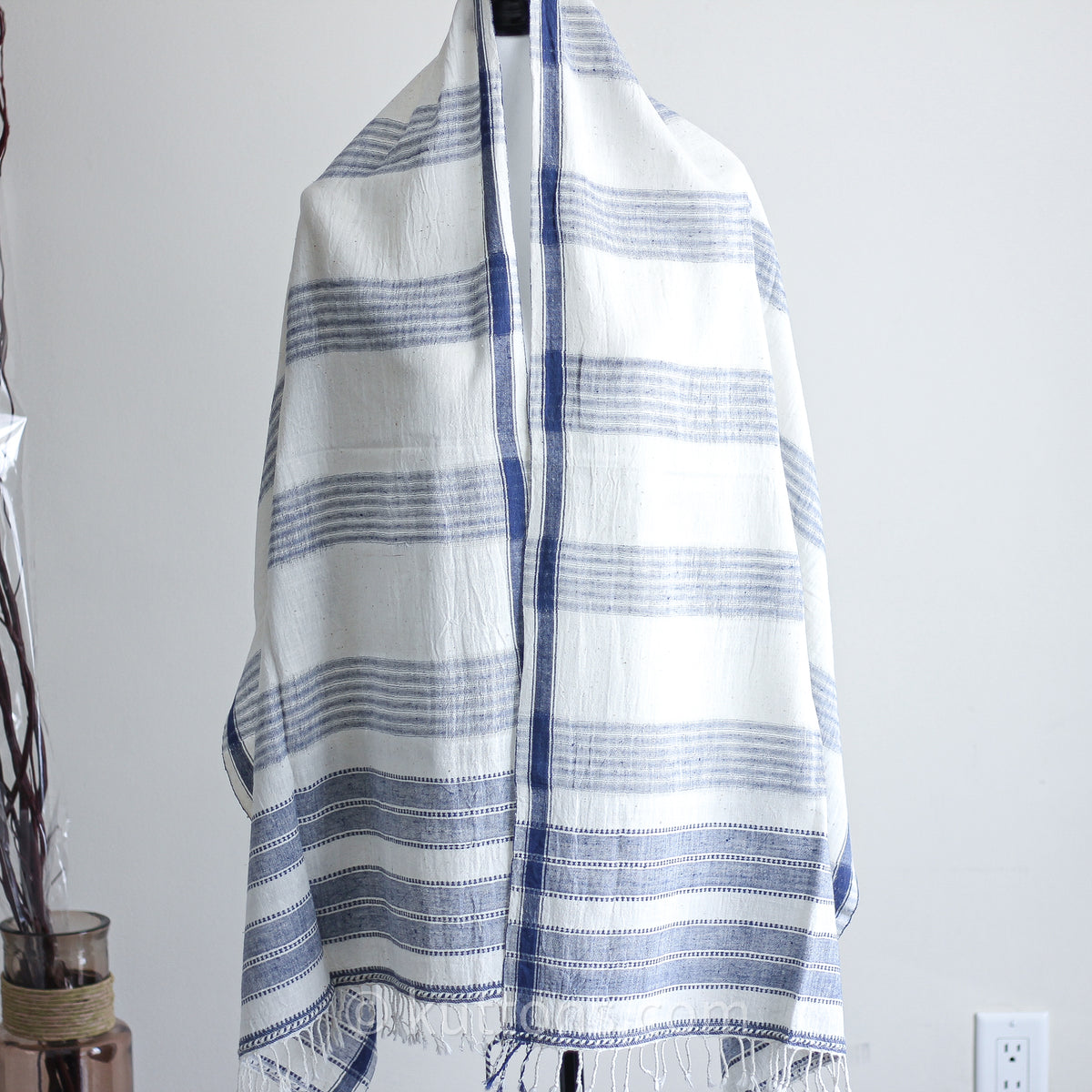
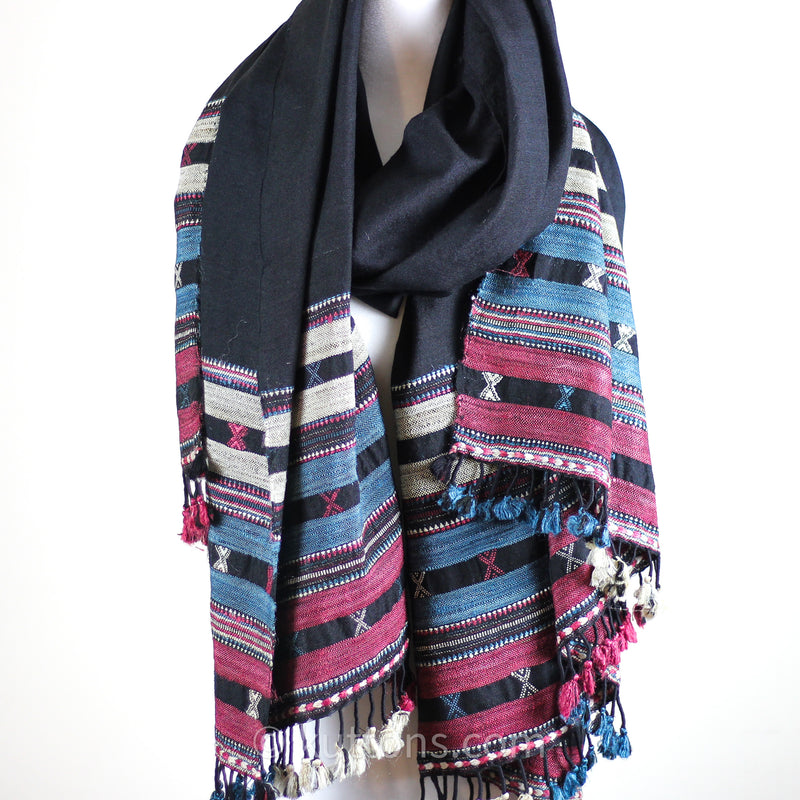
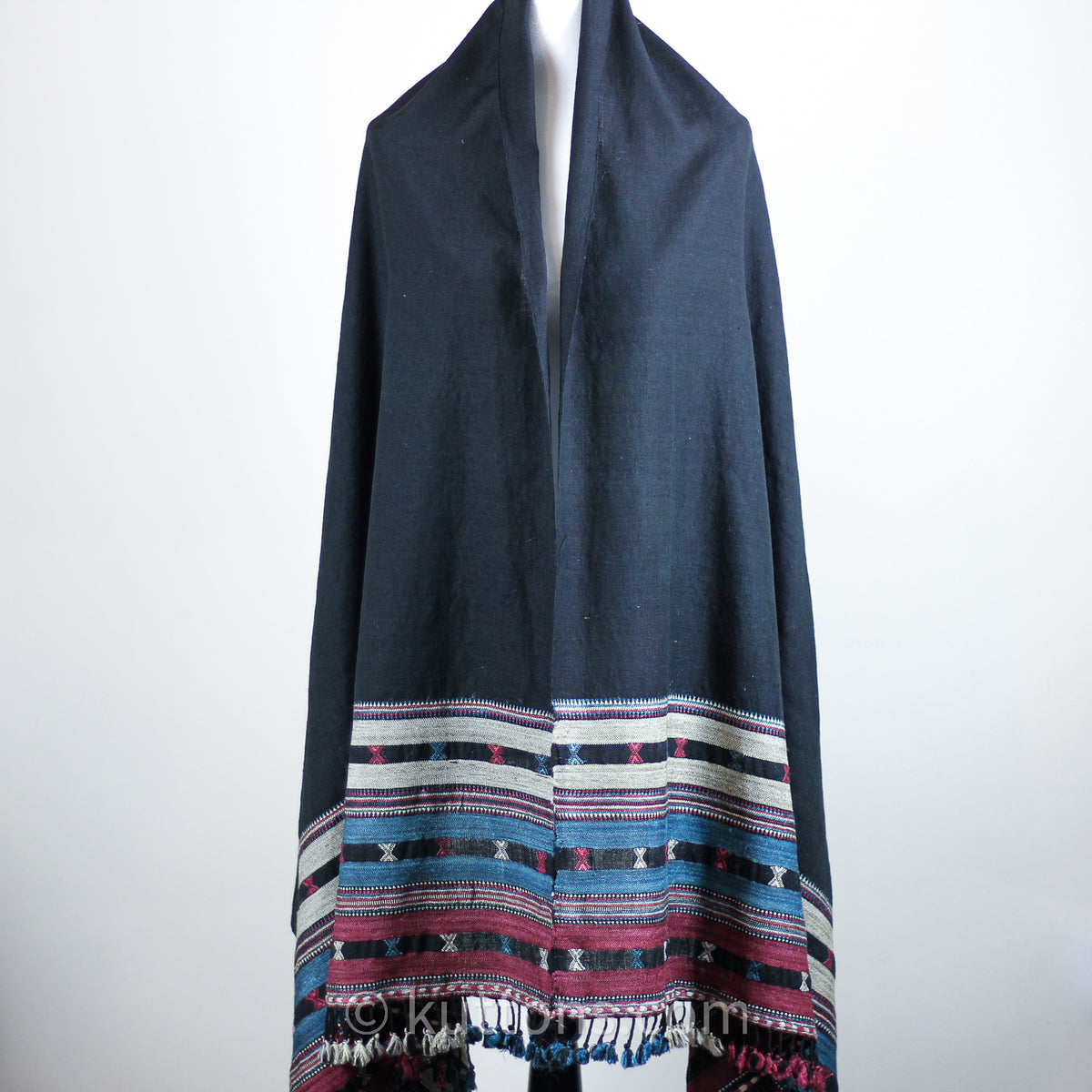
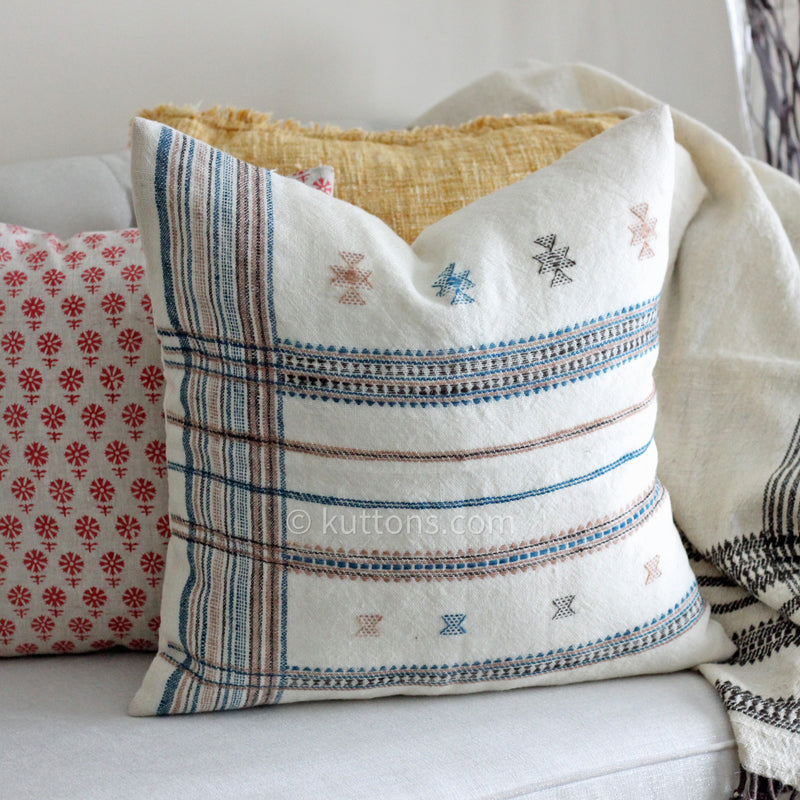

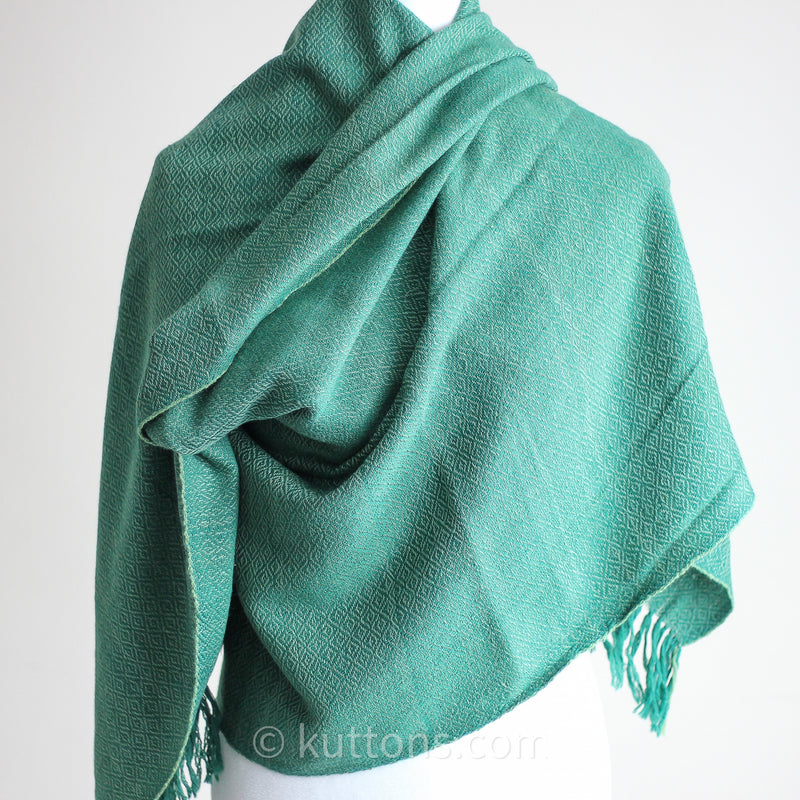

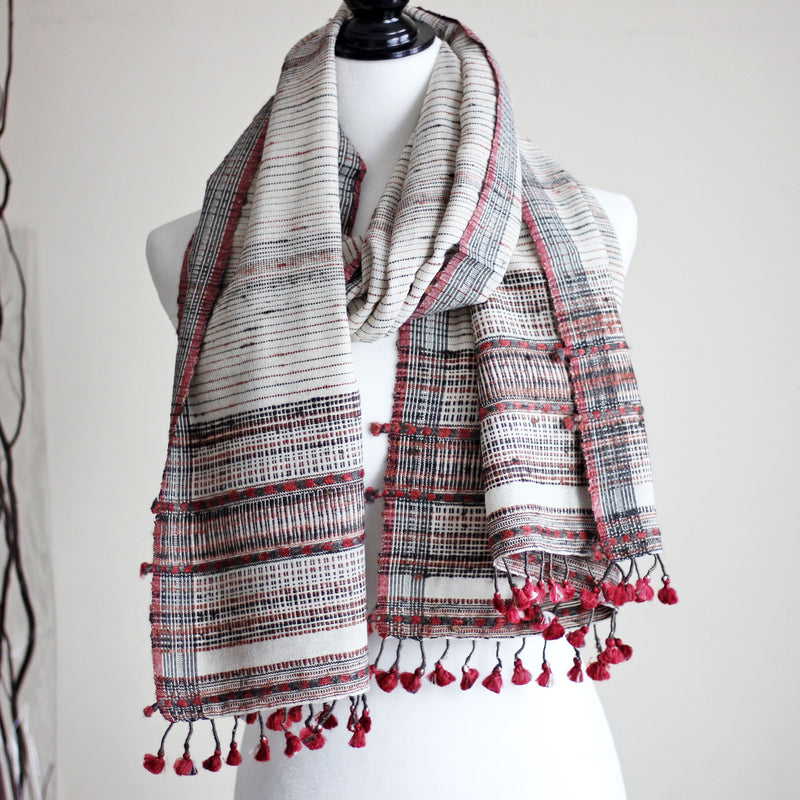
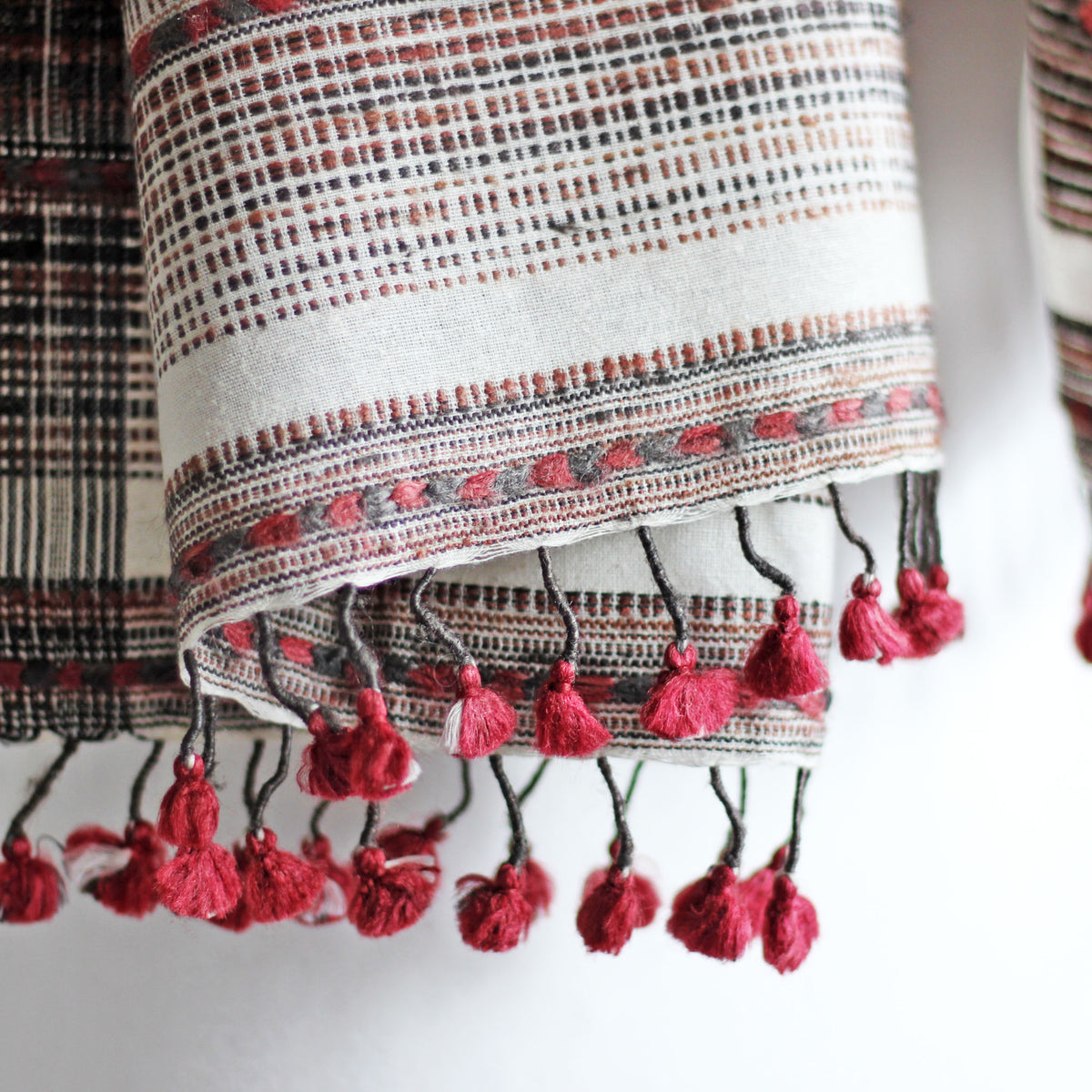
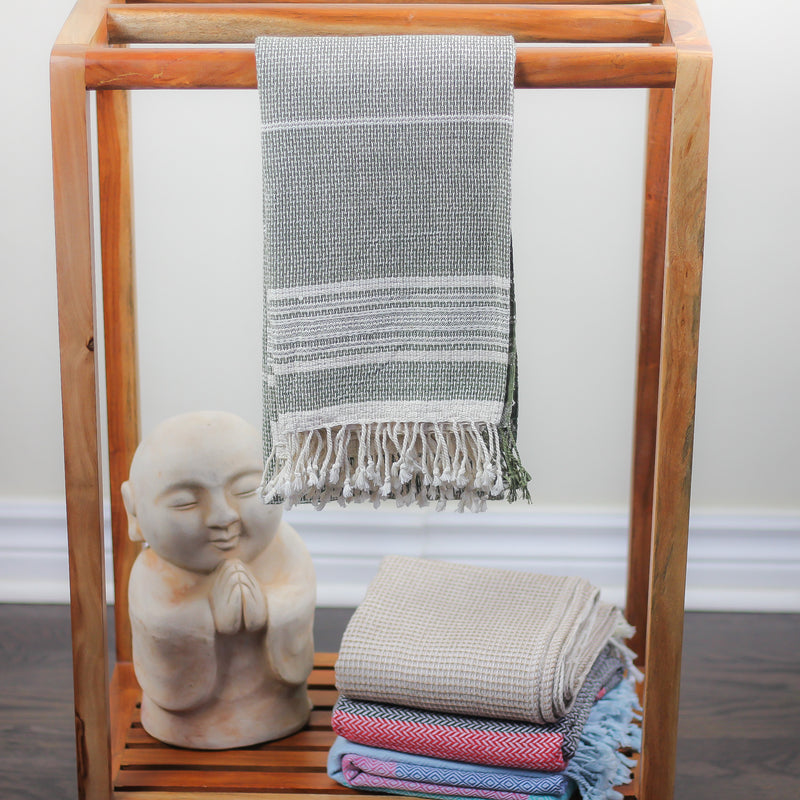

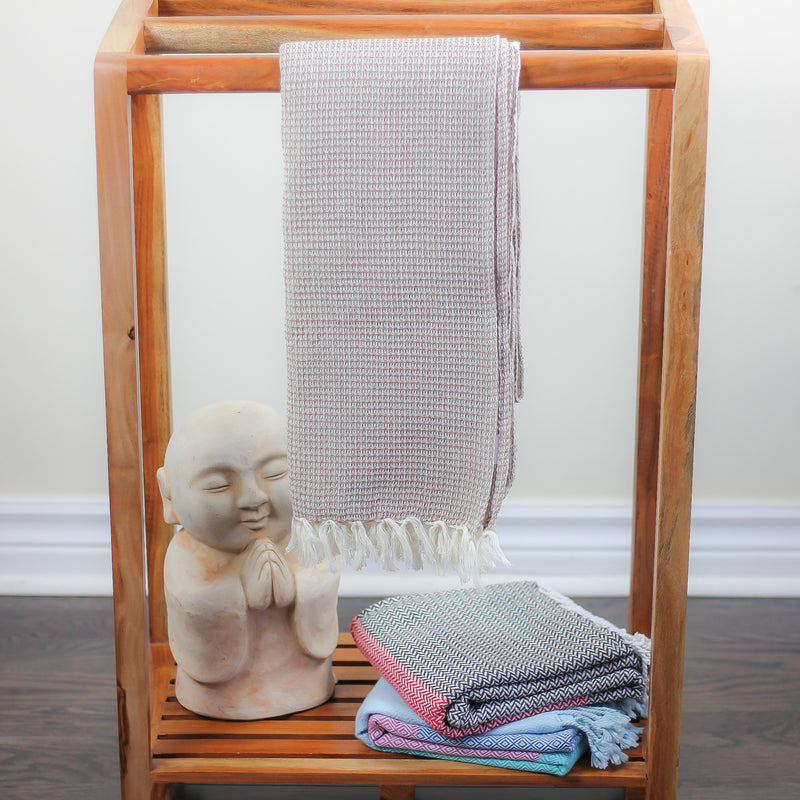
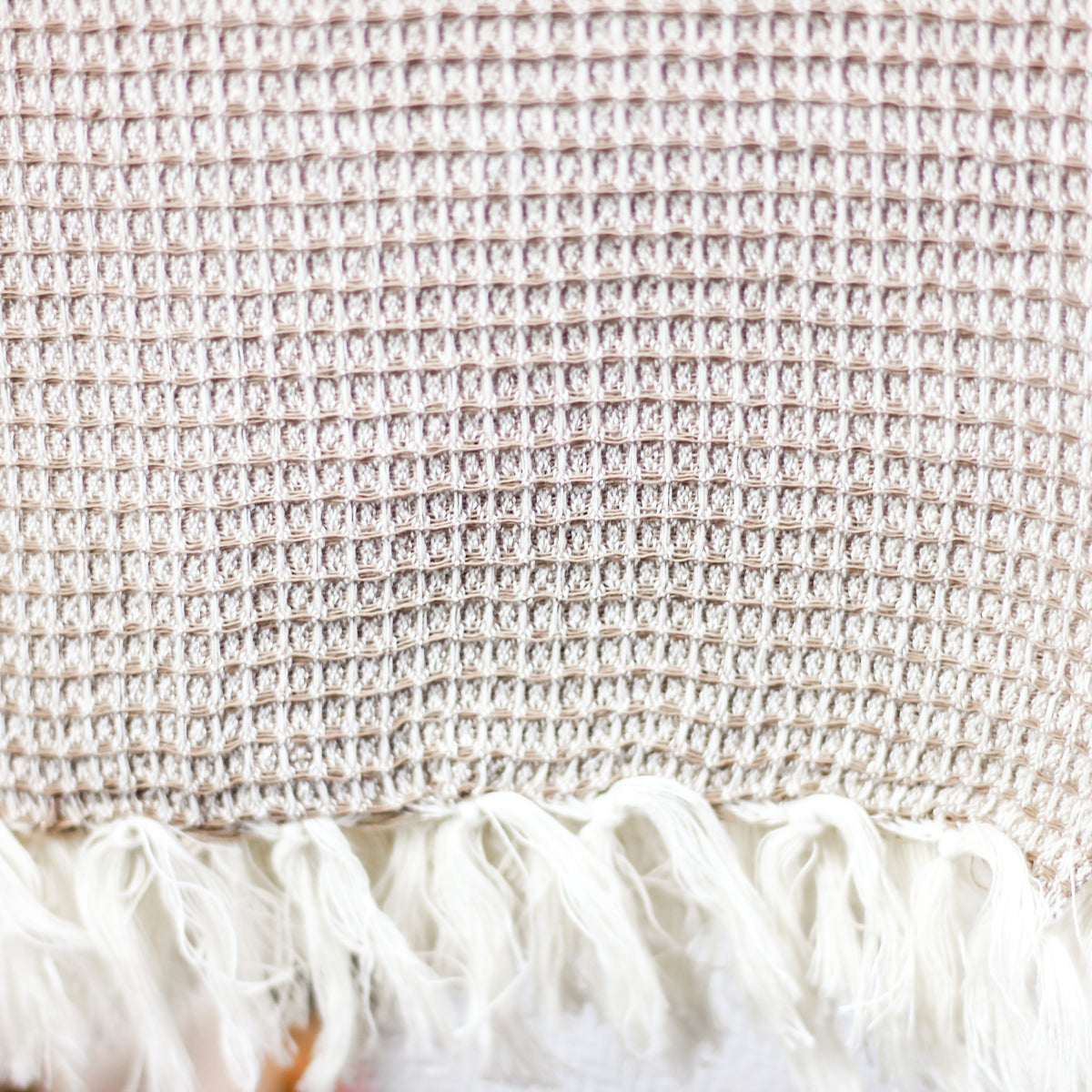

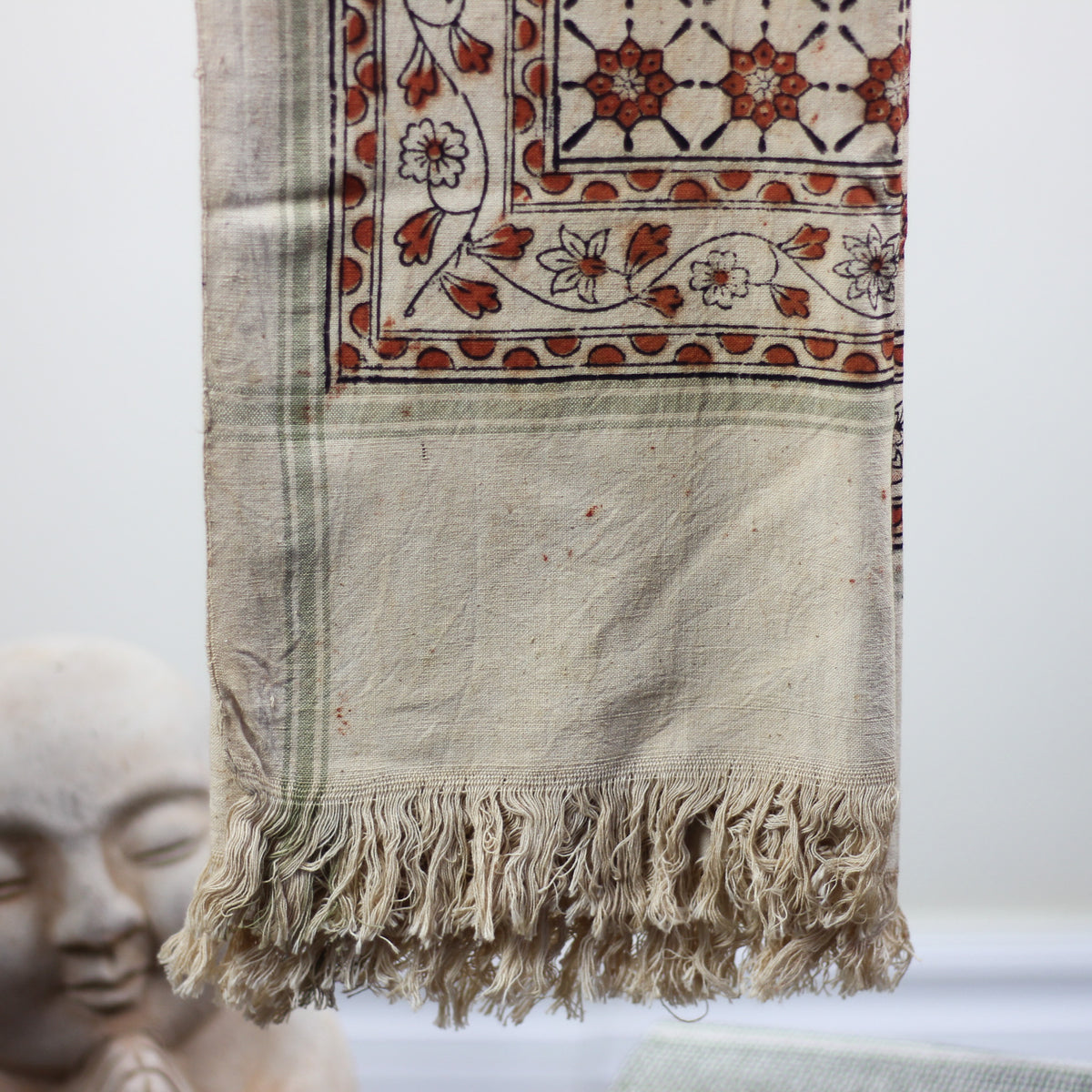
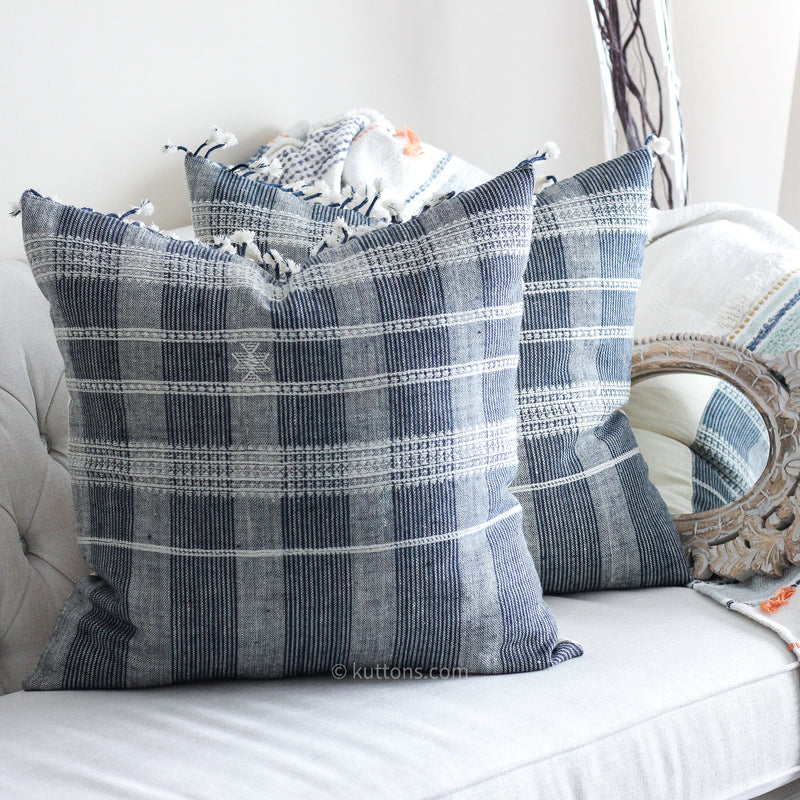

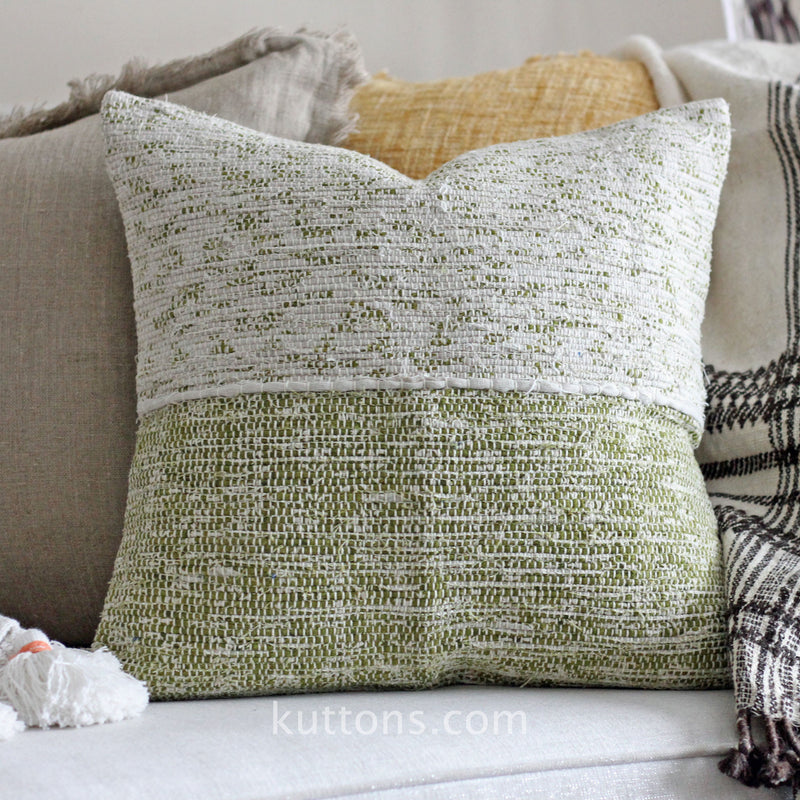
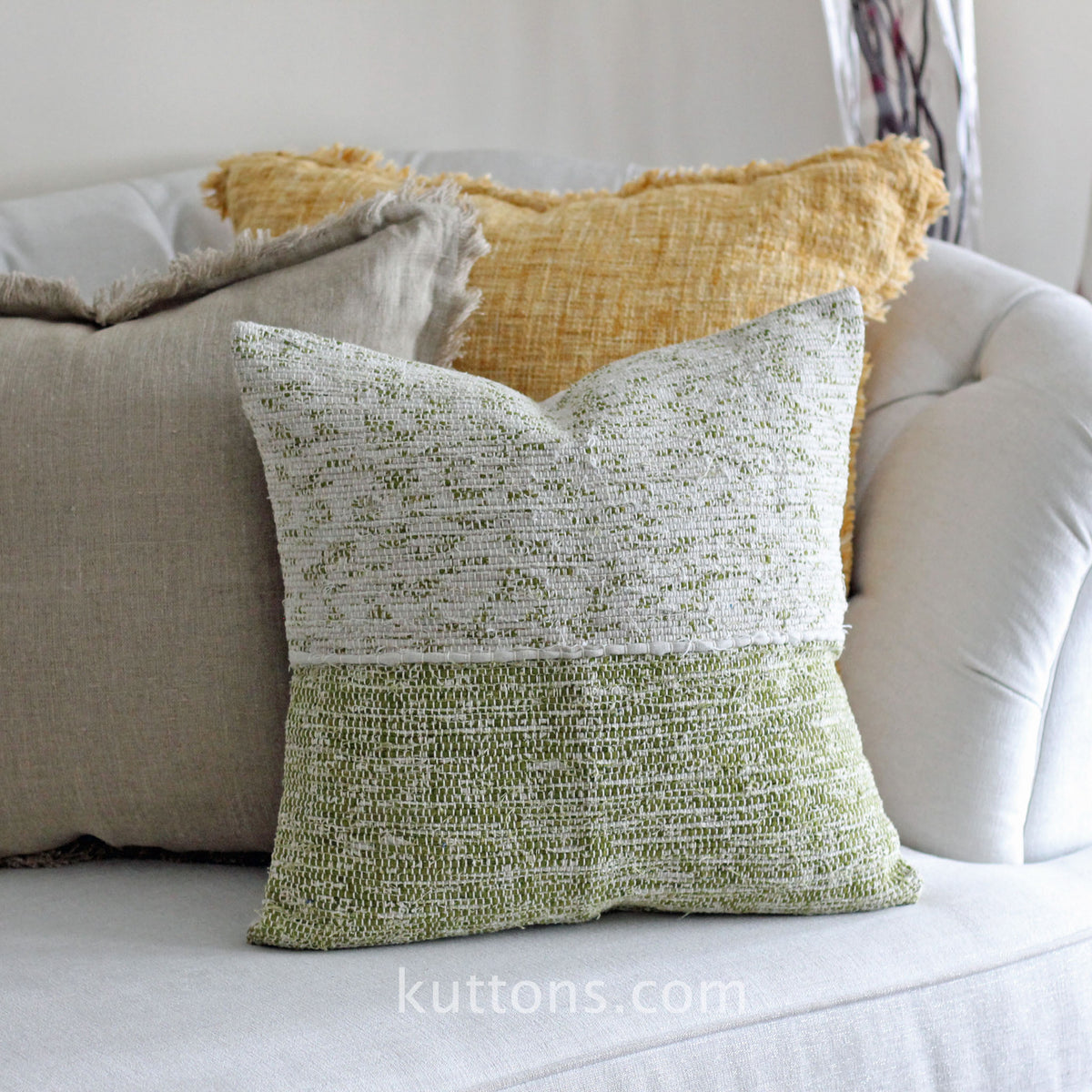
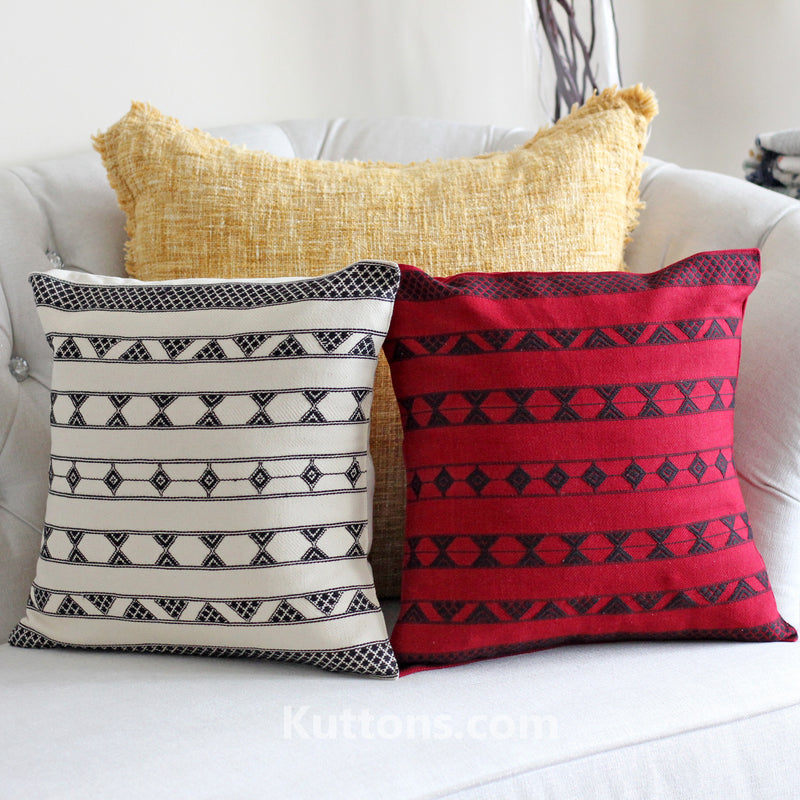
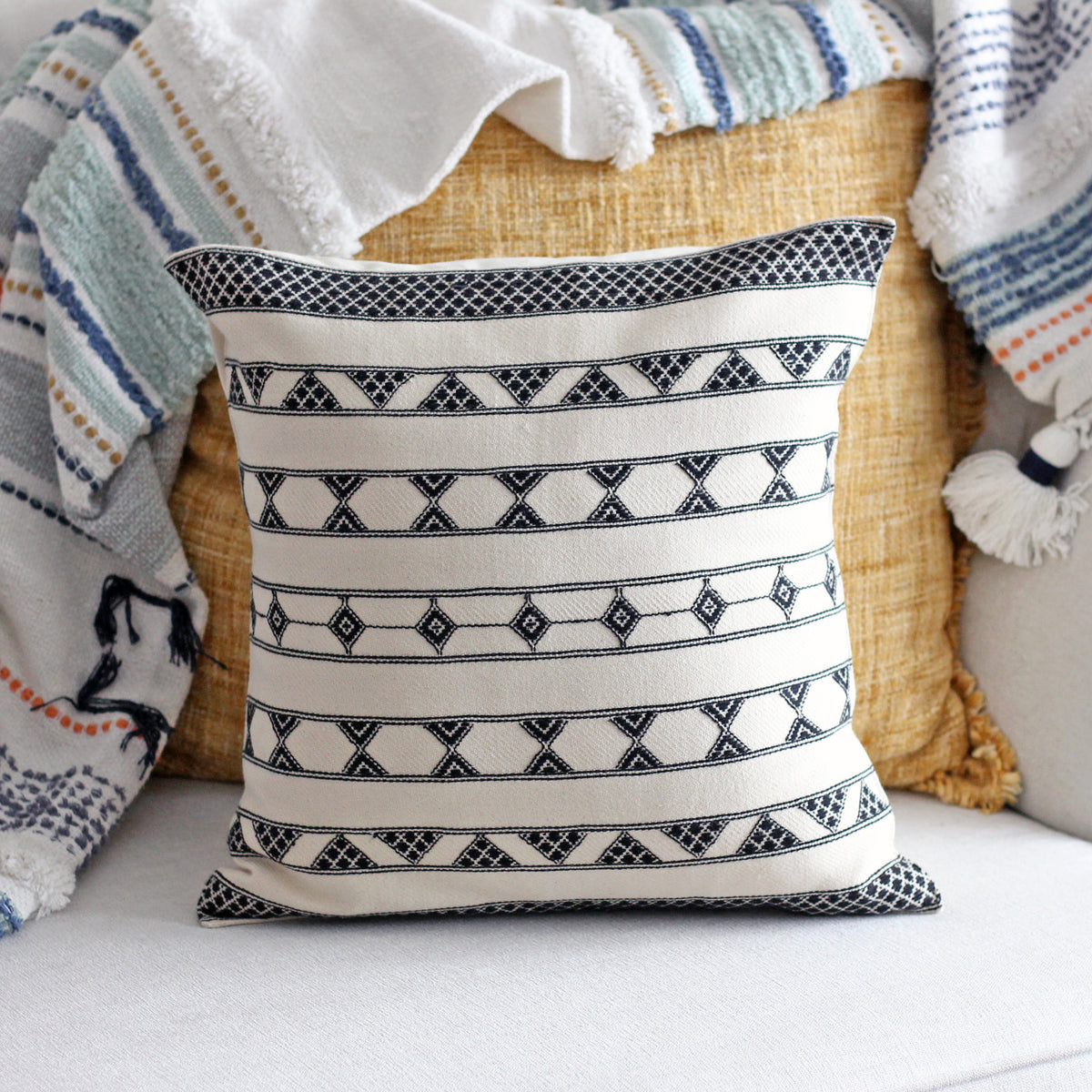
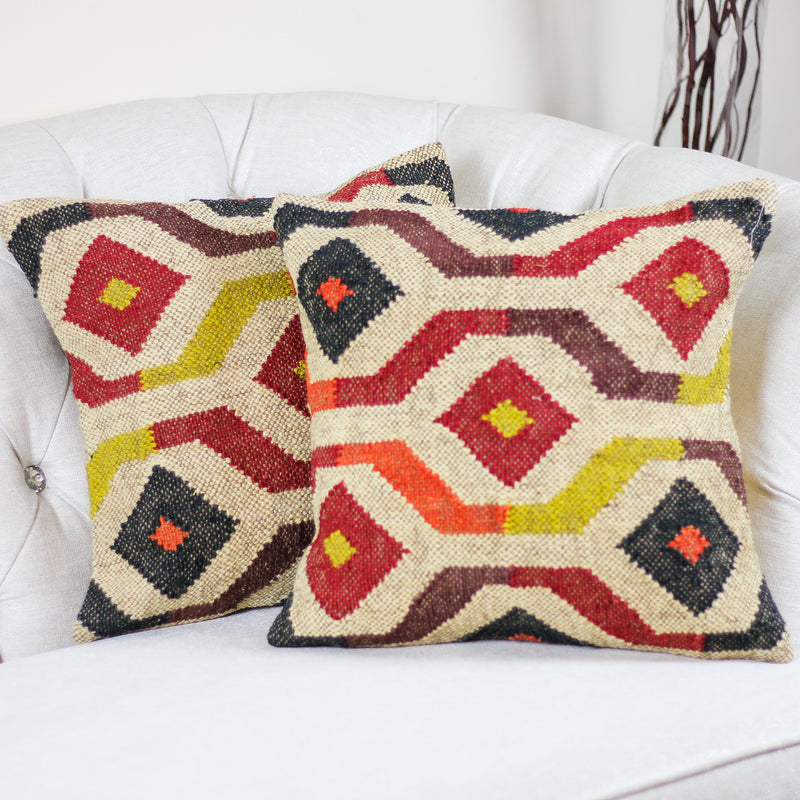
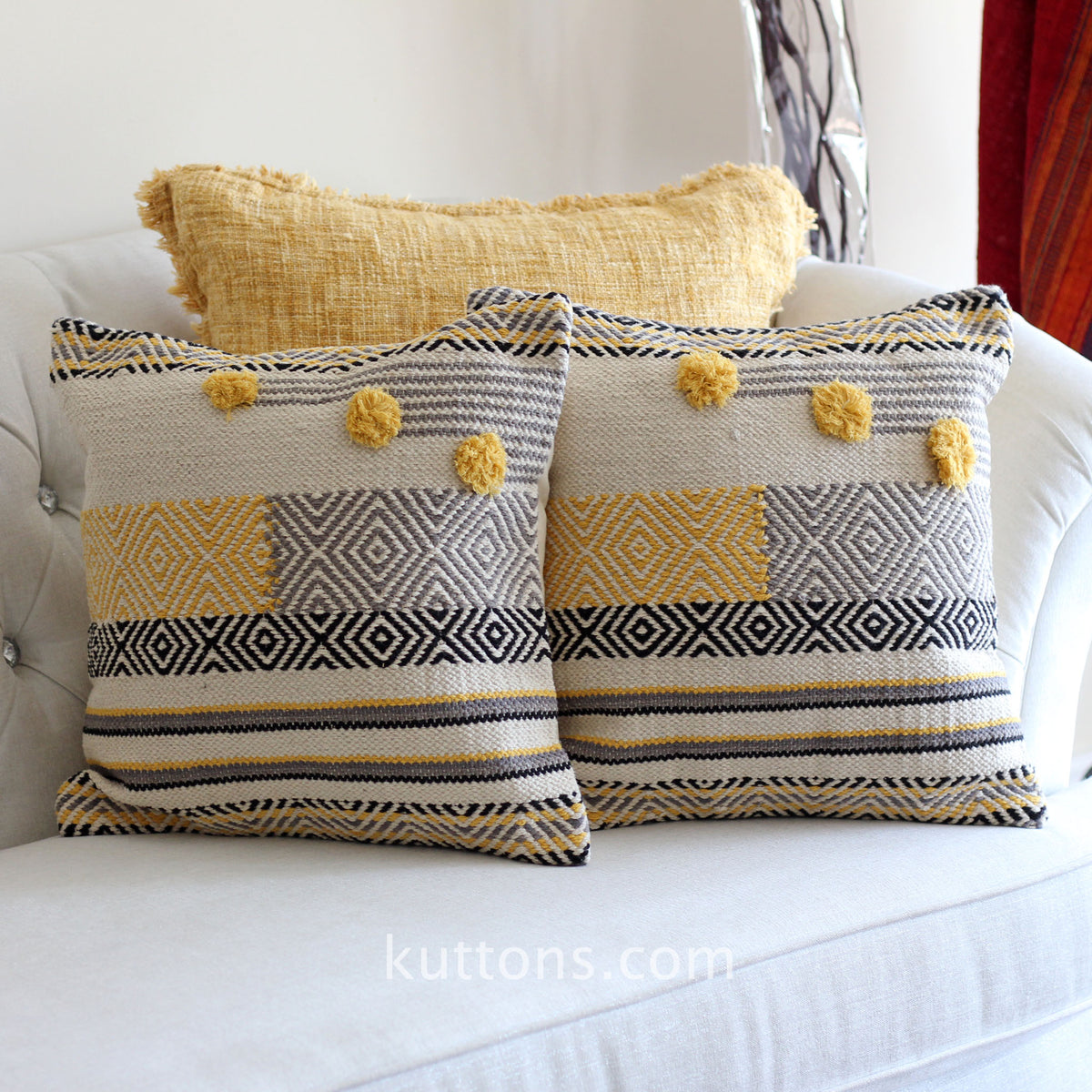


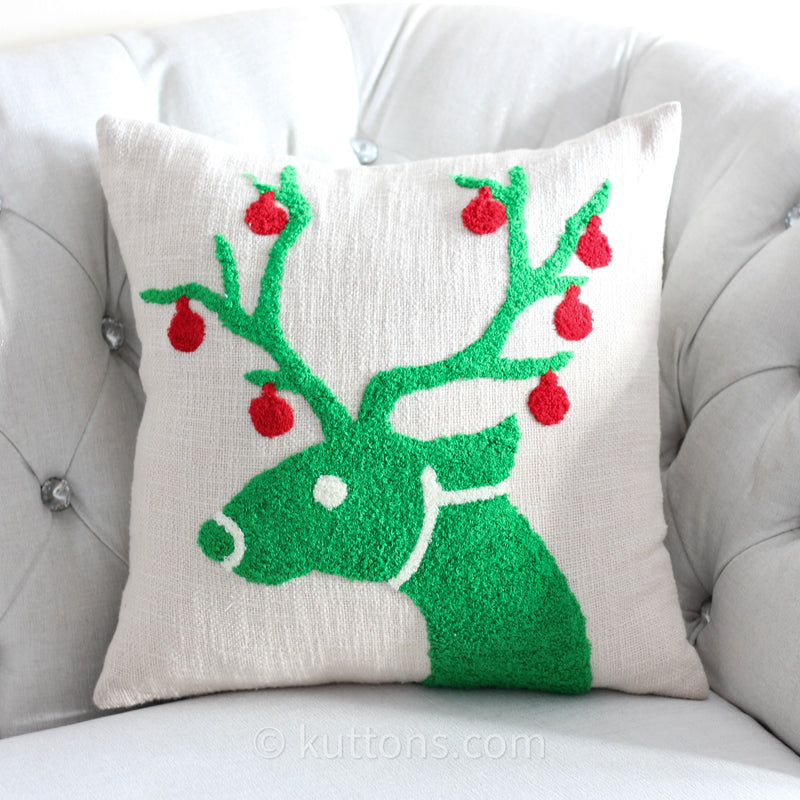
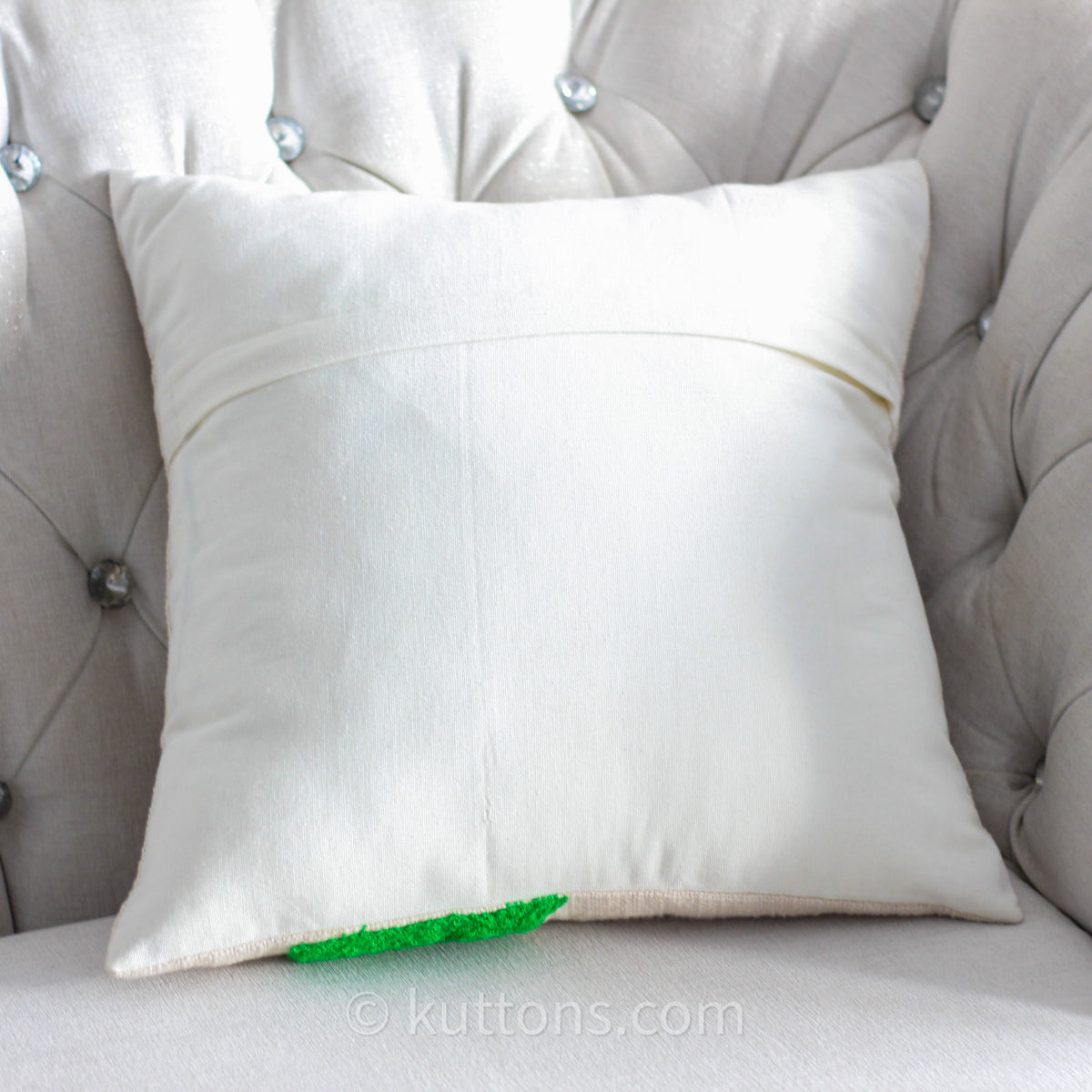
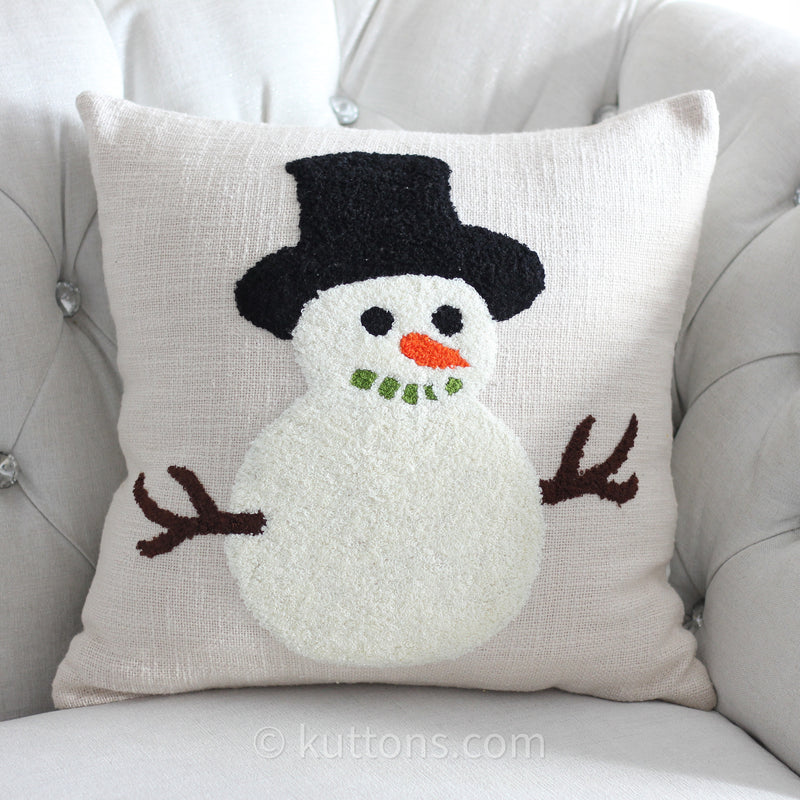
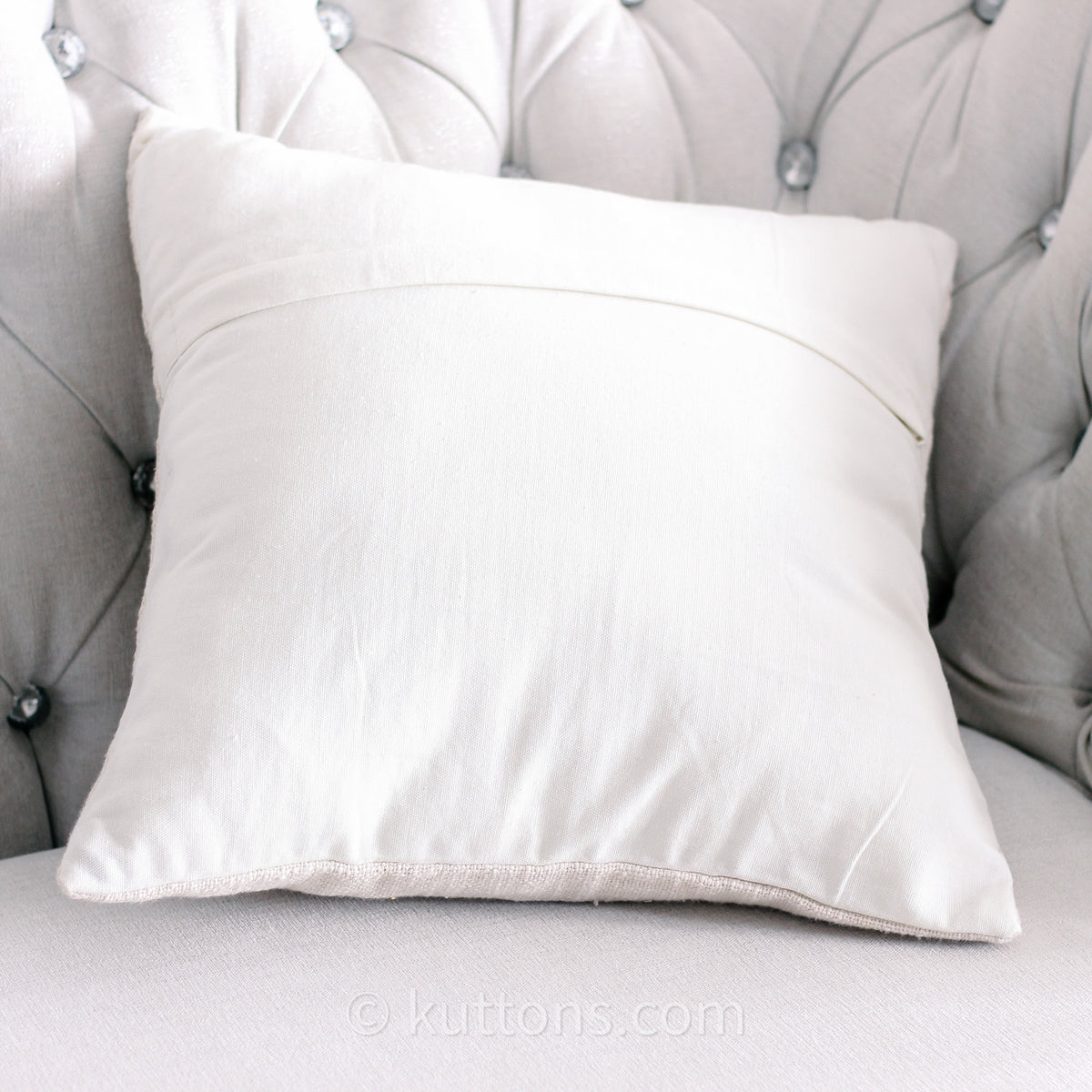
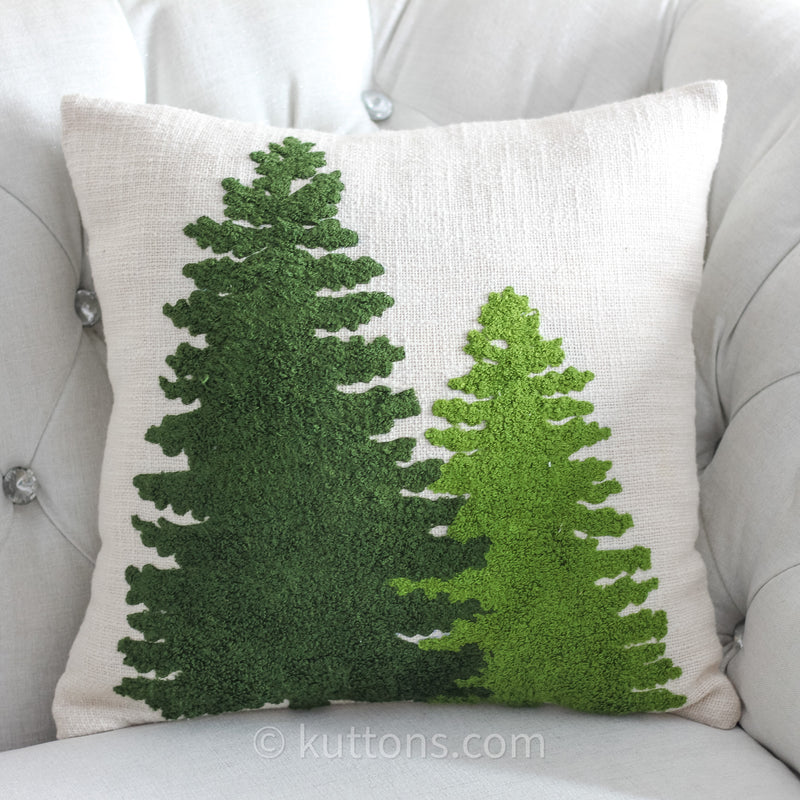
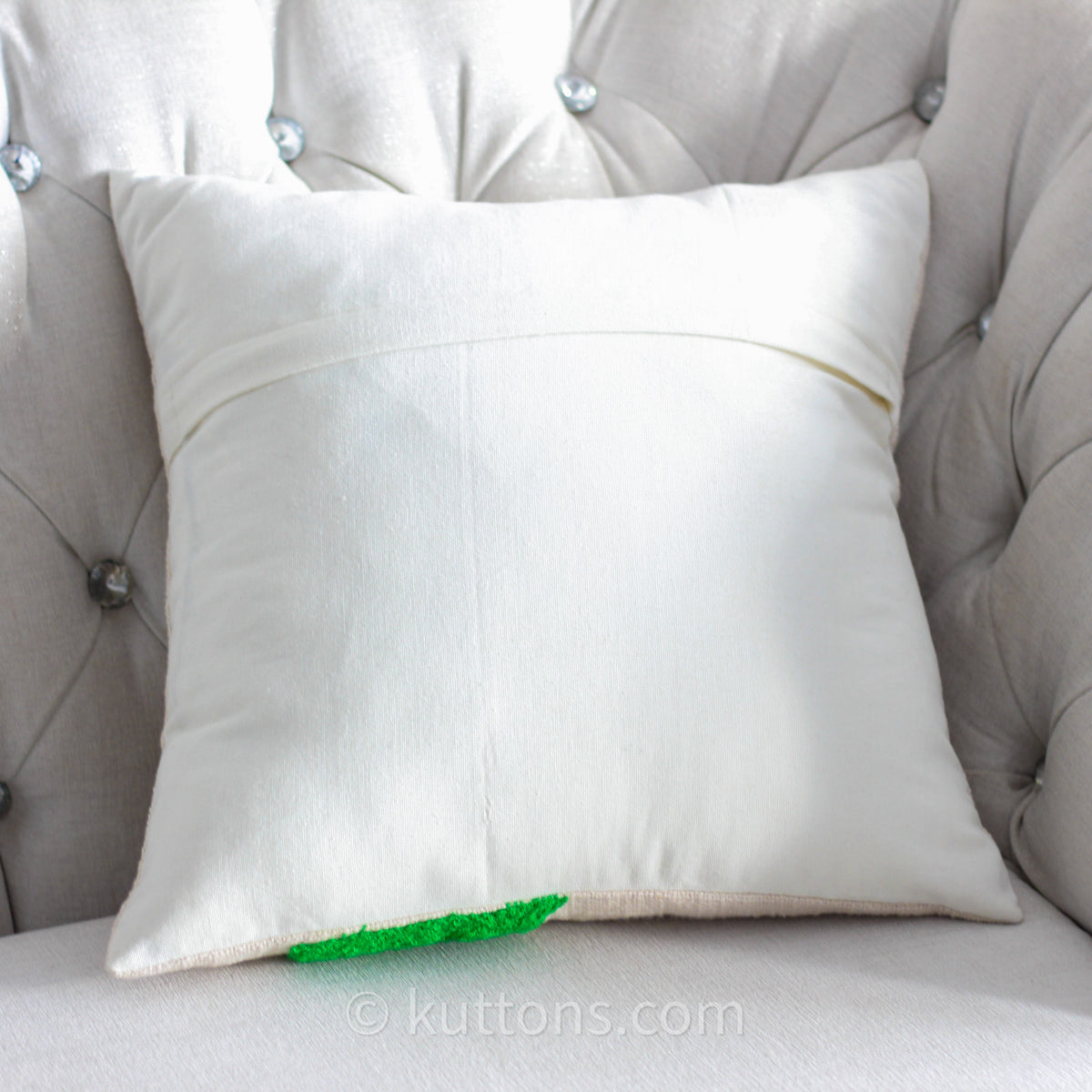
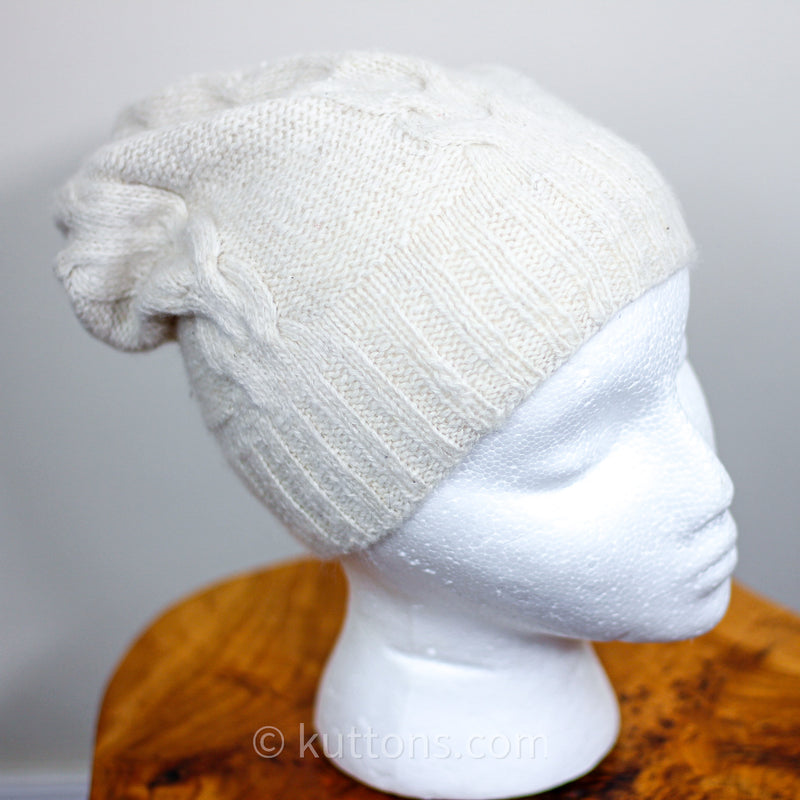
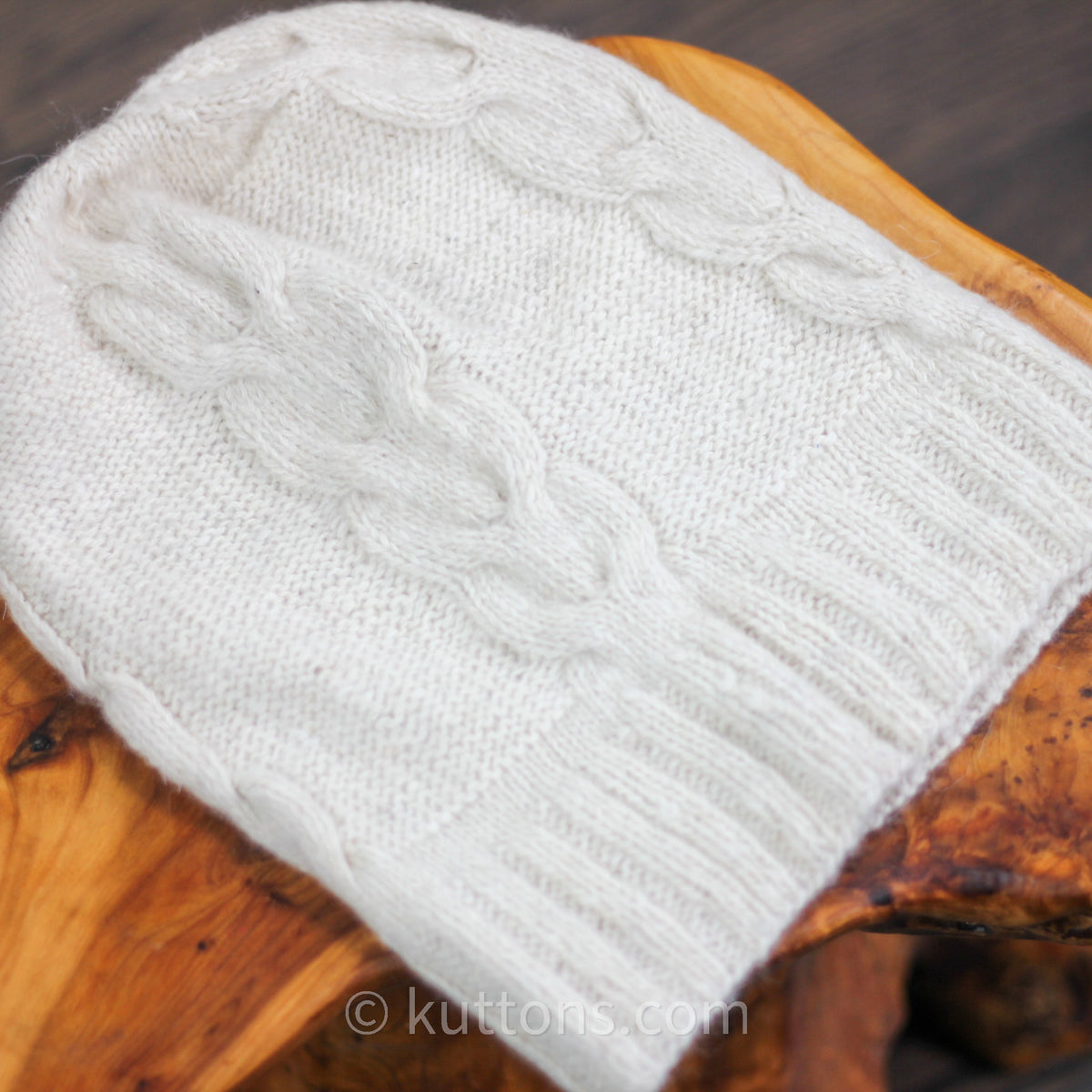

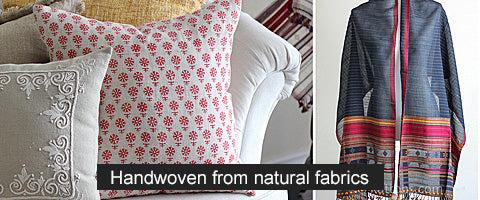
0 comments